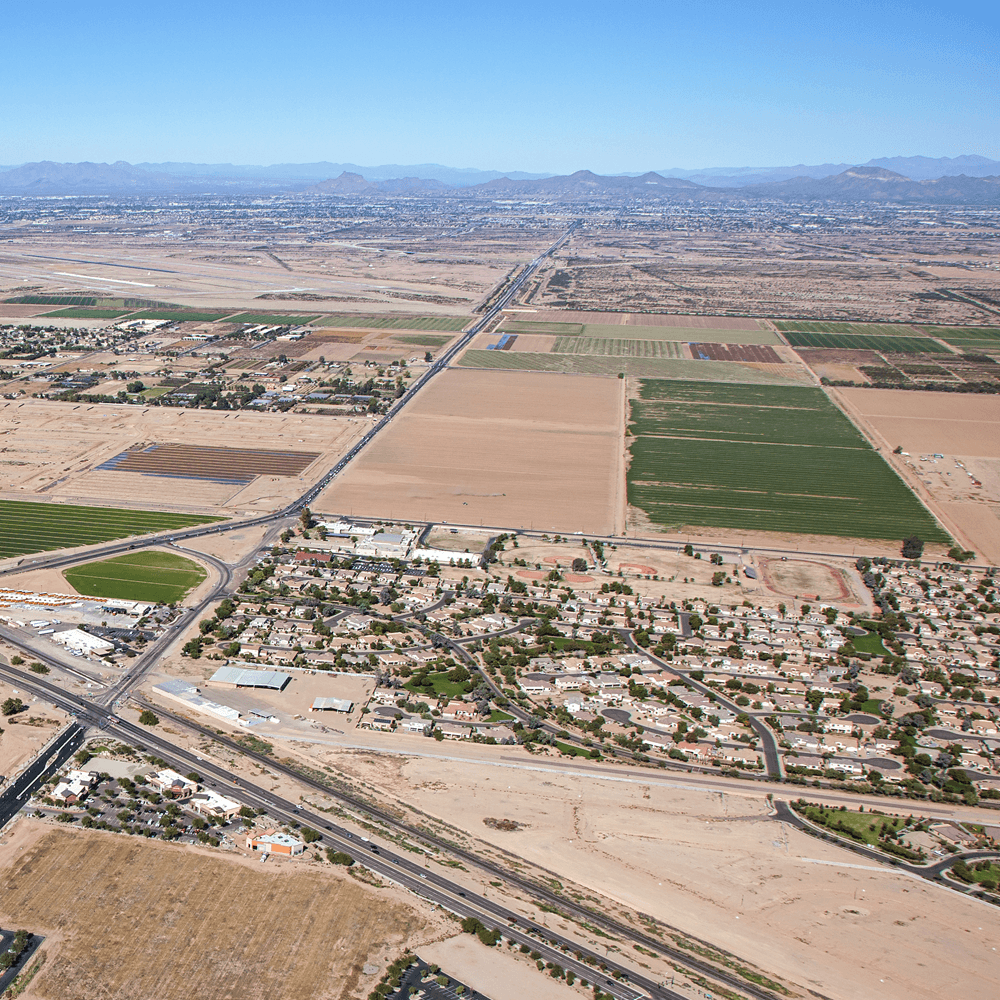AMWUA Blog
BY: Warren TenneyLaying the Pathway to a More Secure Water Future

Last month, the Arizona Department of Water Resources (ADWR) released an update to its groundwater model for the Phoenix metropolitan area in response to recent data and feedback from the homebuilding community. Like last year’s initial model, this update shows that the demands on groundwater will exceed the supply over the next 100 years. In other words, we have reached the limit of relying solely on groundwater for development.
These findings require us to consider what they mean to our water security, the foundation on which our communities and economy are built. When the Phoenix-area groundwater model was released in June 2023, it projected that demands on our aquifer would outpace available supplies over the next 100 years. This led to a pause in building subdivisions that relied solely on groundwater. Although developments within the service areas of water providers with a demonstrated 100-year assured water supply could continue, some have been working to override the model’s unmet projections. They argued that changing well locations and pumping rates would eliminate unmet demand. However, the updated model shows the futility of these efforts.
Although the updated model reduced 100-year unmet demand from 4.86 million acre-feet to 3.6 million acre-feet, this change did not improve aquifer health. The amount of finite groundwater pumped increased by 5.2 million acre-feet to nearly 43.9 million acre-feet, leading to further declines in groundwater levels. This can create problems ranging from land subsidence to poorer water quality. Despite these adjustments, the reality remains unchanged – the Phoenix-area aquifer has reached its limits. Relying exclusively on groundwater is no longer a viable option for new development.
The reality of groundwater limits is compounded by converging water challenges that threaten Arizona’s water security. In 2027, the federal government will implement new guidelines to stabilize the Colorado River’s declining flows, which will result in a reduction of that water supply for Arizona. The exact reductions to the Central Arizona Project are not yet known, and the federal government has yet to provide assurance that deliveries would not drop to zero for the AMWUA cities and other water utilities. Regardless of the final cuts, some water providers may need to recover water they have previously stored in the aquifer to offset these cuts and meet the demands of existing residents. Although necessary and permitted, this recovery will further strain the aquifer. To address these challenges, Arizona must invest in new water sources, not just to replace reduced Colorado River supplies, but also to support new development that can no longer rely solely on groundwater.
During challenging times, it can be tempting to abandon our principles in favor of short-term profit rather than long-term economic viability. However, as we face an uncertain future, it is important for state and local leaders to remember the foundations of Arizona’s success. Our communities are robust, and Arizona’s economy thrives because we prioritize the principle of “water first, then development.” The ten AMWUA cities ensure that residents and businesses have access to clean, reliable water now and in the future. This water security is the direct result of their planning and billions of dollars invested in water resources and infrastructure. Without this foundation of water security, the Phoenix metropolitan area could not sustain its role as an economic hub for high-tech industries, manufacturing, defense, financial services, health care, homebuilding, higher education, and the many other sectors that drive the state and national economies.
Fortunately, solutions to Arizona’s water challenges are underway that will ensure our future water security. The AMWUA cities are working with others to develop and invest in new water sources. Immediate projects include implementing Advanced Water Purification technologies and expanding Bartlett Dam on the Verde River. Additionally, the Water Infrastructure Finance Authority is pursuing long-term water augmentation efforts for the state. State and municipal water managers understand that ensuring water security requires continuous effort, tough decisions, and significant financial investment.
In addition, last month, Arizona adopted new rules that enable growth to resume in communities on the edges of the Valley and in Pinal County without weakening the state’s strong water security standards. The Alternative Pathway to Designation or “ADAWS” will allow more water providers to obtain a 100-year Assured Water Supply Designation by requiring them to manage all groundwater pumping within their service areas. Under these rules, whenever a utility acquires a renewable water supply, it must reduce groundwater withdrawals by 25% of the renewable supply volume. This safeguard ensures that ADAWS actually reduces a provider’s groundwater pumping over the next 100 years. The ADAWS rules effectively enable housing and commercial development to continue in service areas where water providers are committed to investing in renewable water supplies and the infrastructure needed to deliver them to their customers.
During the hearing to formally adopt the ADAWS rules, one speaker remarked, “The days of relying exclusively on groundwater are over. We need to move on.” The updates to the Phoenix area groundwater model confirm this reality – Arizona’s future is not secure if we continue to depend only on groundwater. The ADAWS rules move future growth away from groundwater reliance while investing in new supplies, which will help safeguard our stressed aquifers and secure a better future for the residents and businesses who call Arizona home.
For 55 years, the Arizona Municipal Water Users Association has worked to protect our member cities' ability to provide assured, safe, and sustainable water supplies to their communities. For more water information, visit www.amwua.org .
